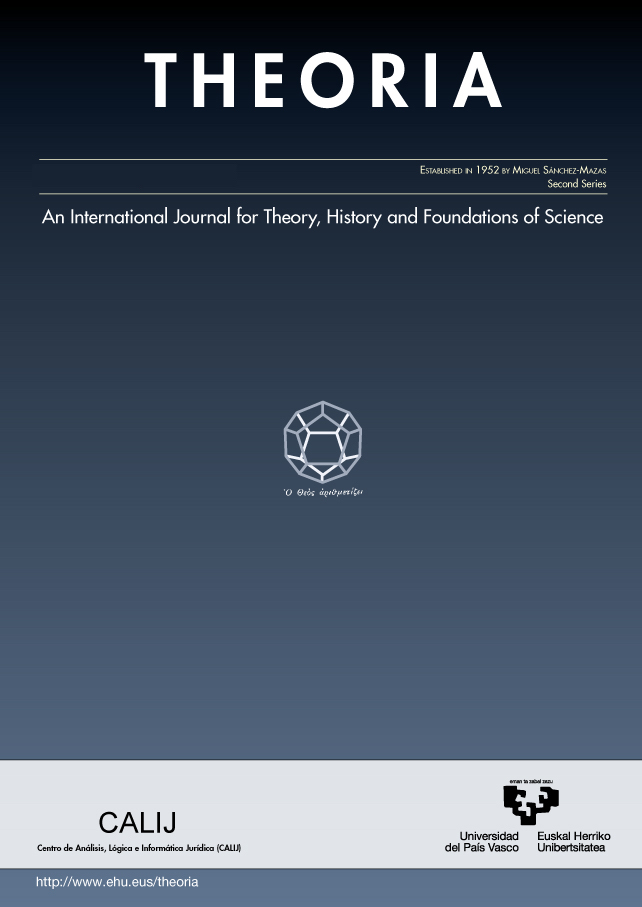Can Probabilistic Coherence be a Measure of Understanding?
##plugins.themes.bootstrap3.article.main##
##plugins.themes.bootstrap3.article.sidebar##
Abstract
Coherence is a measure of how much our beliefs hang together. Understanding is achieved when we see that something is not just a brute, isolated fact. This suggests that it might be possible to develop a coherence theory of understanding, which is what we attempt to do in this article using several formal measures of coherence. However, it turns out that a coherence theory runs into trouble with the asymmetry of understanding. We identify four difficulties and give suggestions for how they could be solved. These solutions all point away from coherence and towards a rather different notion, unification, which casts some (though not conclusive) doubt on the possibility of a coherence theory of understanding.
How to Cite
##plugins.themes.bootstrap3.article.details##
coherence, understanding, explanation, unification, asymmetry
Authors retain copyright and grant the journal right of first publication with the work simultaneously licensed under a Creative Commons License.

